Stop Press! Apologies to our early morning readers for today’s later edition. We were out socialising last night and ran out of puff!
Before we get to today’s activities, I want to share some snippets gleaned from the Japan Times over breakfast. News topics included:
- a panel to discuss joint custody after divorce. It referenced the practice in USA and other countries, but noted people’s worries about parents having different child-rearing practices.
- research in Matsue (which we visited last trip) into whether teleworking can reduce worker stress. If the research proves positive, they hope it might help encourage people away from big cites to smaller regional ones like, say, Matsue!
- a cafe in the 2011 tsunami-hit area using jazz to bring people together.
- special ceremonial rice harvesting for rice for the Emperor’s “enthronement”.
Nagamachi
Kanazawa has been called “Little Kyoto”, though its history is a little different. Court nobles never lived here. Rather Kanazawa’s growth and prosperity came from the samurai. Locals apparently still revere the first lord Toshiie Maeda who reigned over the Kaga feudal clan.
Nagamachi was a samurai district located at the foot of Kanazawa Castle, where the samurai and their families resided. It’s a short walk from our hotel so we always visit it. Because we always visit it, we didn’t enter any of the historic building museums this time, but just enjoyed the ambience. Despite threatened rain, it was another mild, overcast day suited to the flâneur.
Nagamachi is lovely to walk around, which of course, is why we do. It’s small, manageable, with a sense of history exuding from the remaining samurai residences, earthen walls, narrow lanes and water canals. The layout of the roads running through this historic district apparently haven’t changed in 350 years. You can tell! There’s not much space for cars, but they still try!
One of its main attractions is Nomura-ke, a restored samurai residence which displays the lifestyle and artifacts of the time when samurai were prosperous. It was at its gift shop that we met, on our first trip here back in 2006, our friend Madoka. She was in her mid-twenties and keen to practise her English. We have stayed in contact ever since and see her on each visit.
The gift shops here, and in Higashi Chayagai, feature Kanazawa crafts, including lacquerware, ceramics, gold-ware, and mizuhiki (fine tying or knotting.)
D.T. Suzuki Museum
Our next stop was something new to us in Kanazawa, the D.T. Suzuki Museum which was opened in 2011 – the year we were last here. It’s in the part of Kanazawa, near Kenrokuen in fact, where Suzuki Daisetz Teitaro (1870-1966) was born. It’s a small museum commemorating his life and works. Suzuki was instrumental in introducing Japanese Zen philosophy to the west. He was a prolific writer, and proficient in English, Chinese and Sanskrit. He translated various religious texts and scholarly articles.
The museum is stark and modern in design, with clean simple lines, open spaces, pools, simple gardens, and uncluttered displays, which complement Suzuki’s Zen philosophy. The architect was Taniguchi Yoshio who also designed the Heisei Chishinkan (Kyoto) and the Horyuji Homotsukan (Tokyo), buildings we don’t know. The museum has three buildings, connected by corridors, built around a large flat pond called the Water Mirror Garden. The museum comprises 10 “spaces”, including a Contemplating Room, a Learning Room, the Water Mirror Pool, a Camphor Tree, a Roji Garden (“dewy path” marking transitions I believe), and one Exhibition space containing information about his life and examples of his writings. Like many modern Japanese museums, the objects (mainly photos, scrolls, books and manuscripts) were few in number, supporting in this case the museum’s minimalist aesthetic, which aims, together with the architecture itself, to encourage quietness and contemplation. While it wasn’t overly busy here, there was a steady stream of visitors. And yet it was very quiet.
I want you to be square on the inside even if you are round on the outside. (Suzuki’s message to young students, tentative translation)
The museum had an ingenious, non-technical, way of handling interpretation, for Japanese and English visitors anyhow. At admission, we were given a little folder. Then, in some of the spaces were little leaflets which contained interpretations/information in English and which we could take and put into our folders. Not bad for Y200 (Seniors) or Y300 (Adults) I think.
Higashi Chayagai
Next stop – via taxi – was the Higashi Chayagai, higashi meaning east and chaya (teahouse), the specific sort of restaurant where geisha entertain guests.
Our first stop in this area was…
Cafe Tamon
This cafe was recommended by Hannah who was in Japan in July, on a fluffy pancake trail! The cafe was gorgeous, with a very traditional dark wood ambience inside. Len ordered their seasonal fluffy pancake, of which they only sell 20 serves a day. It was “Tiramisu pancake” and was described as “mascarpone pancake soaked in a slightly bittersweet coffee sauce and prepared for an acquired taste. Using the famous gold leaf from Kanazawa as a topping, it invites a luxurious moment.” These pancakes are a bit of a cross between a souffle and a pancake. They contain a good proportion of egg white, and they jiggle.
Usually when you order food in a cafe in Japan, they put the bill face down on the table for you to take to the counter at the end. But Cafe Tamon gave us a local “toy”, a Kaga Hachiman Okiagari, which somehow identified our table. Colour coding perhaps. Cute, but even more, a nice way of conveying culture.
Utasu Shrine
This is one of the lesser visited shrines in Kanazawa, the most popular being Oyama Shrine which we’ve visited before. However, it was directly opposite the cafe, and looked rather nice. It turned out to be more interesting than it looked at first glance. For example, it had a couple of ninja figures lurking!
It was established almost 1300 years ago as a shrine dedicated to Vaisravana, and is apparently sometimes called Bishamonten-san. Bishamonten, the god of treasure, is one of the Seven Lucky Gods of Buddhism. Three of the seven gods are in the garden. Apparently, in the past, the spirit of the aforementioned Lord Maeda Toshiie was also enshrined here and worshipped as the protective deity of Kanazawa Castle, but his spirit has now been relocated to Oyama Shrine.
In Shinto belief, anything and anyone has the potential to become a kami (or, god). It just needs faith. So Toshiie, who was a famous war general, was relatively long-lived, and garnered wealth for his domain, was apparently quickly recognized and enshrined as kami.
Higashi Chayagai, itself
During the Edo Period, chaya were found in designated entertainment districts, and Kanazawa still has three well preserved such districts. It is, I think, second to Kyoto in terms of preserving these areas. Of the three, the Higashi Chaya District is the largest, and has two chaya, Shima Teahouse and Kaikaro Teahouse, open to the public.
Again, as with Nagamachi, we enjoyed wandering around, but it was very busy so hard to get great photos. Still, you’ll get the feel. You will see in one of the photos, two young girls in kimonos. From their giggles and general awkward walking in their geta, we figured they had done the hire-a-kimono-for-the day thing. They were having a lovely time.
Beer Festival …
I guess it’s not surprising that a beer-loving country like Japan has got into craft beer. It’s clearly big here, and we just happened to be in Kanazawa for their annual beer festival. We popped in quickly, but it was one of those buy-tickets-then-get-your-beer-and-food dos. The minimum amount was Y3000, and we just didn’t need that much beer and food, and, anyhow, I don’t like beer. So, we looked and moved on.
Our last stop of the day was to have our own little drink at the West Coast Cafe/Bar, behind our hotel. We’d went there on our last visit, and remembered it as one of those Japanese places that has a bit of a nod to the USA (if that makes sense.) It also had jazz playing. Anyhow, we enjoyed relaxing in the window table overlooking the canal, Len drinking a standard Asahi beer (this is an old-world cafe) and me a Chuhi. We were surprised, suddenly, to smell smoke. Yep, another customer was smoking, as we’d experienced at the Mihanami in Wakayama! Such a shock for us Australians – and is becoming rarer here, but clearly it still is allowed.
Family dinner
Dinner was very special. Our friend Madoka (who is now married, with two little girls, 7 and 2) picked us up (as she did on our last visit) and took us back to her place for a meal. Last time it was just she and her husband. Madoka loves to introduce us to new food experiences, and tonight it was hand-rolled sushi with a wide selection of fish. There was also a mushroom soup, and a little bowl of stewed vegetables (taro, carrot, mushroom), and of course rice and nori, soy sauce and wasabi. All eaten sitting at a Japanese-style table, of course. For dessert we had anko (Japanese red bean paste made by Madoka) with dango (rice balls) and fresh fig.
One thing we notice – every time we are here – is that Japanese people, including city dwellers, know their seasonal food – and not only fruit and vegetables, but fish too. Madoka and Shuichi are no exception to this.
Anyhow, it was a lovely evening. We felt so honoured to be invited. The children gradually warmed to us, and showed us various children’s games. We carried on a wide-ranging conversation – Madoka’s conversational English is good, and Shuichi’s is pretty good too. So we talked about food (of course), jobs, superannuation (!), education, Japanese population and immigration. And, mostly understood each other.
And some Stills…
We have not included photos of the family, I’m afraid.
And some Movies…
Click here to view today’s video clips
Today’s Challenges …
- Catching taxis and then getting the driver to understand our destination
- Finding the right words to communicate with Madoka’s family, particularly the little girls.

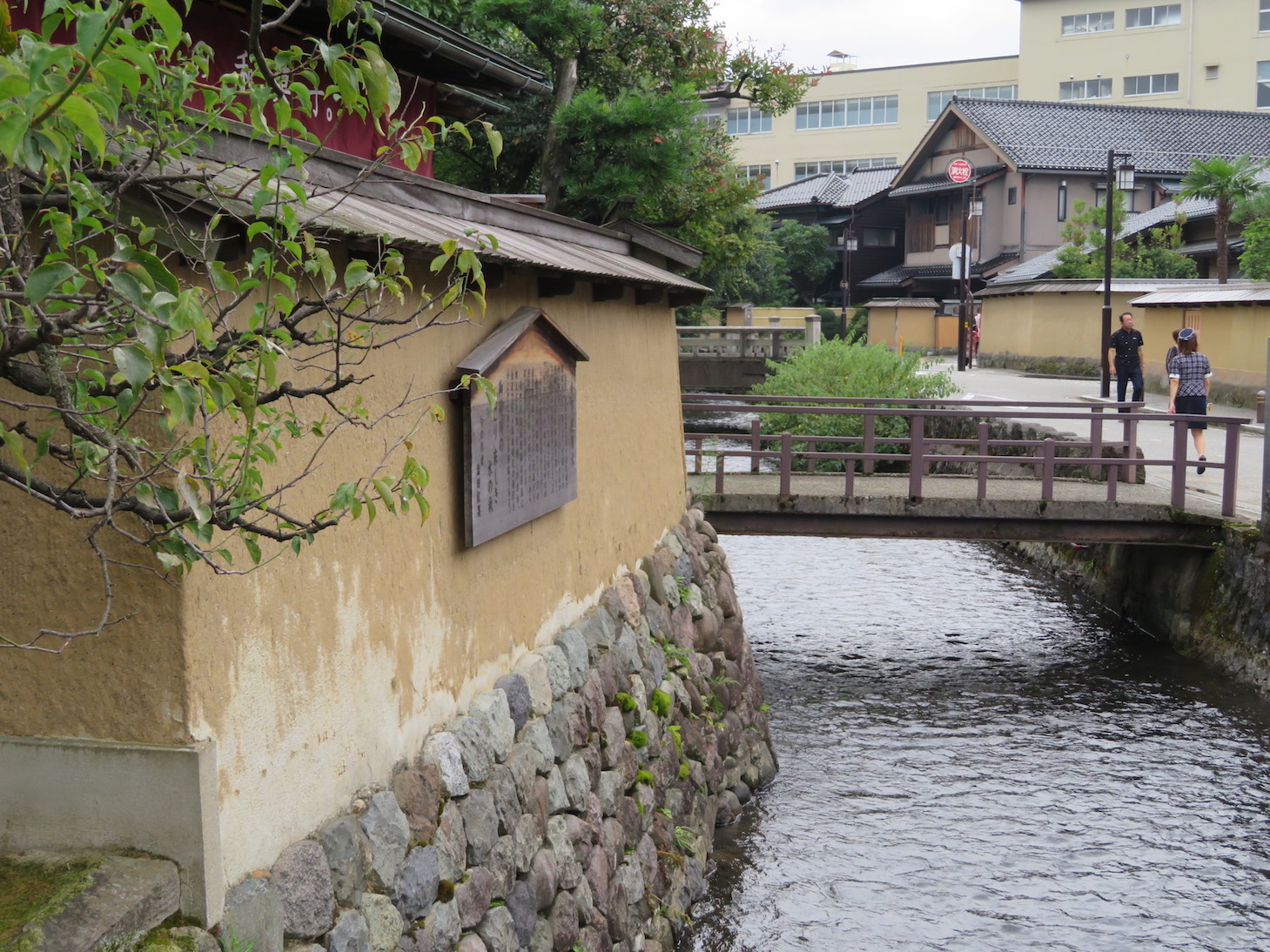
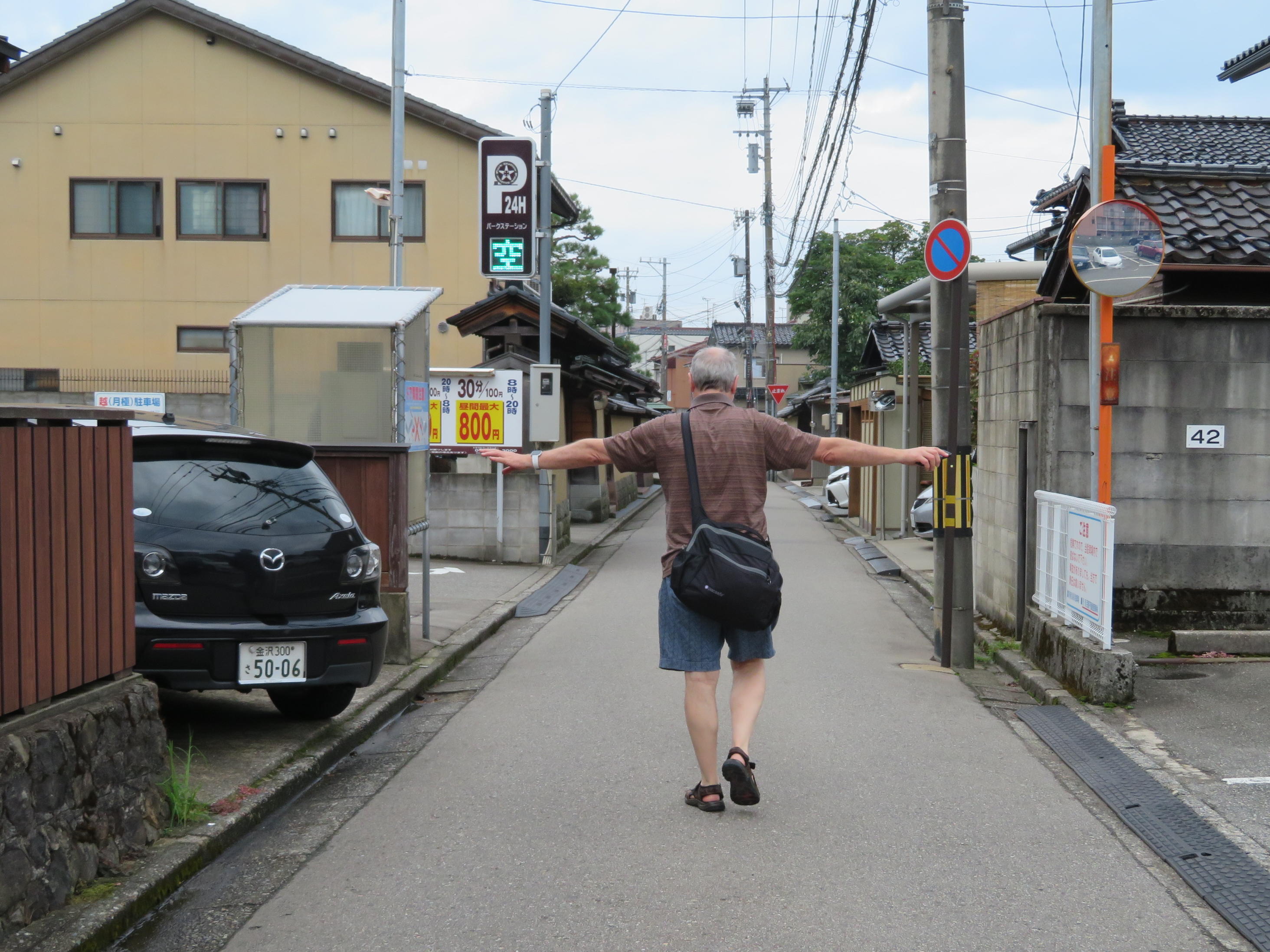

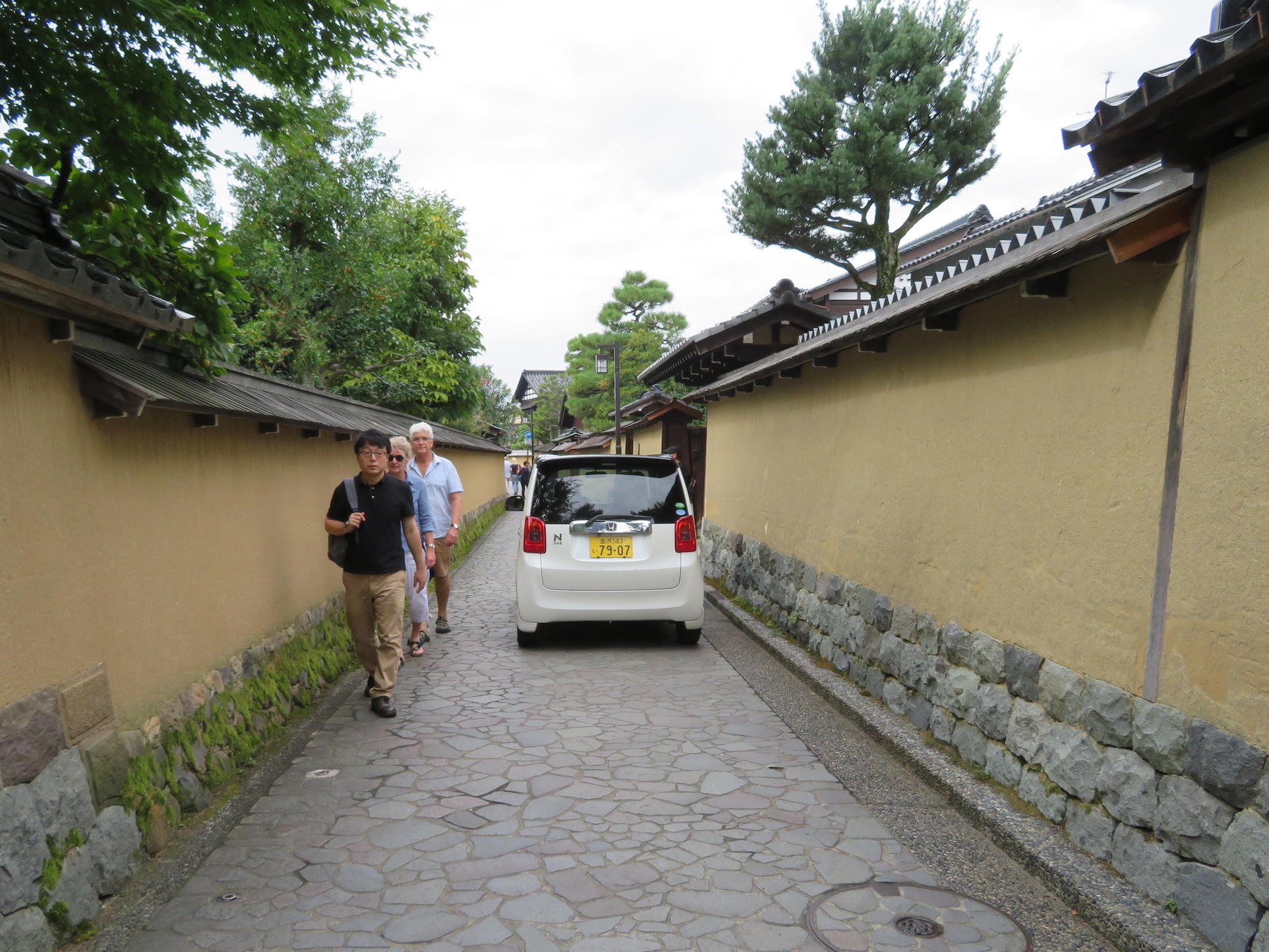

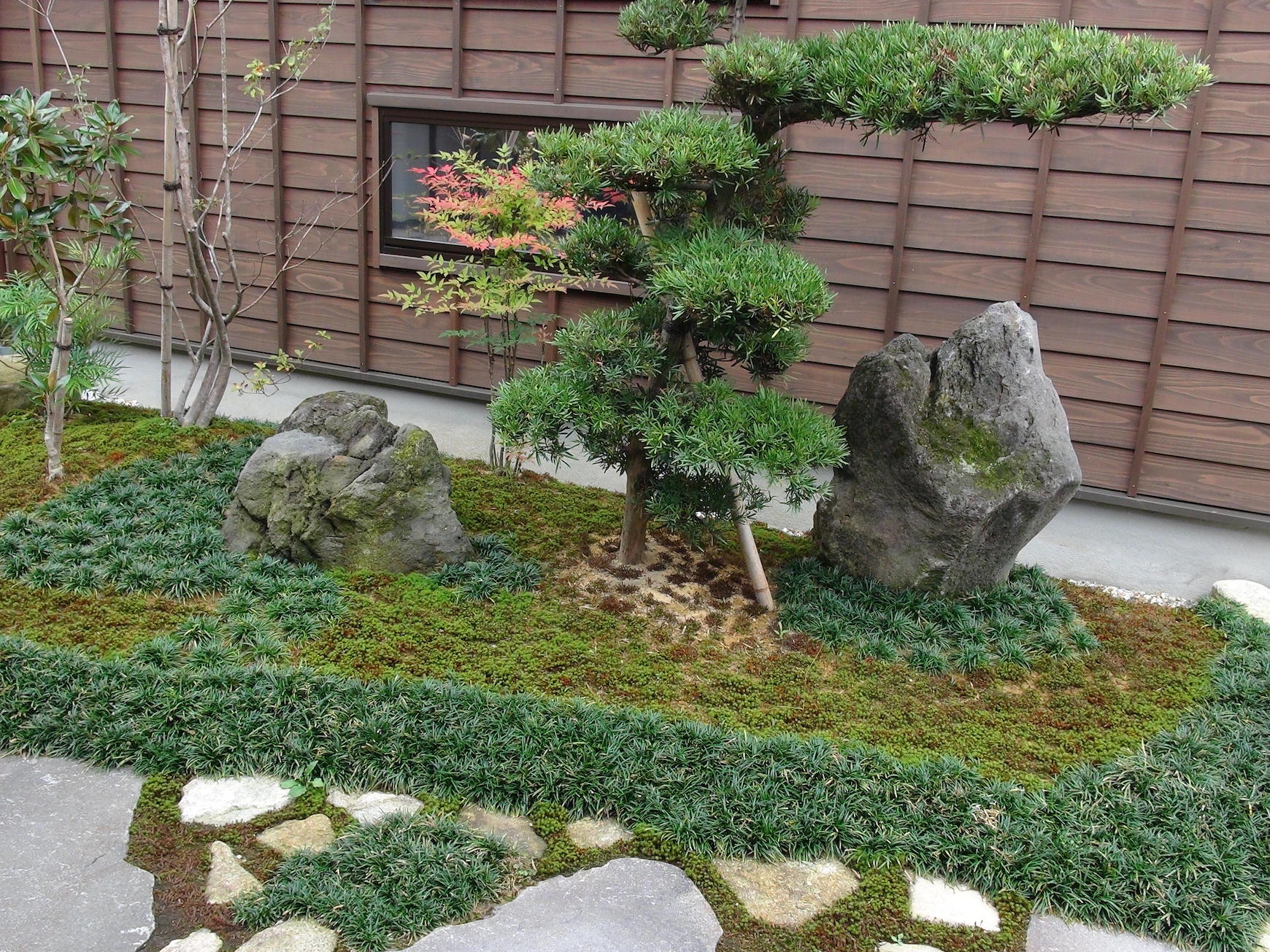

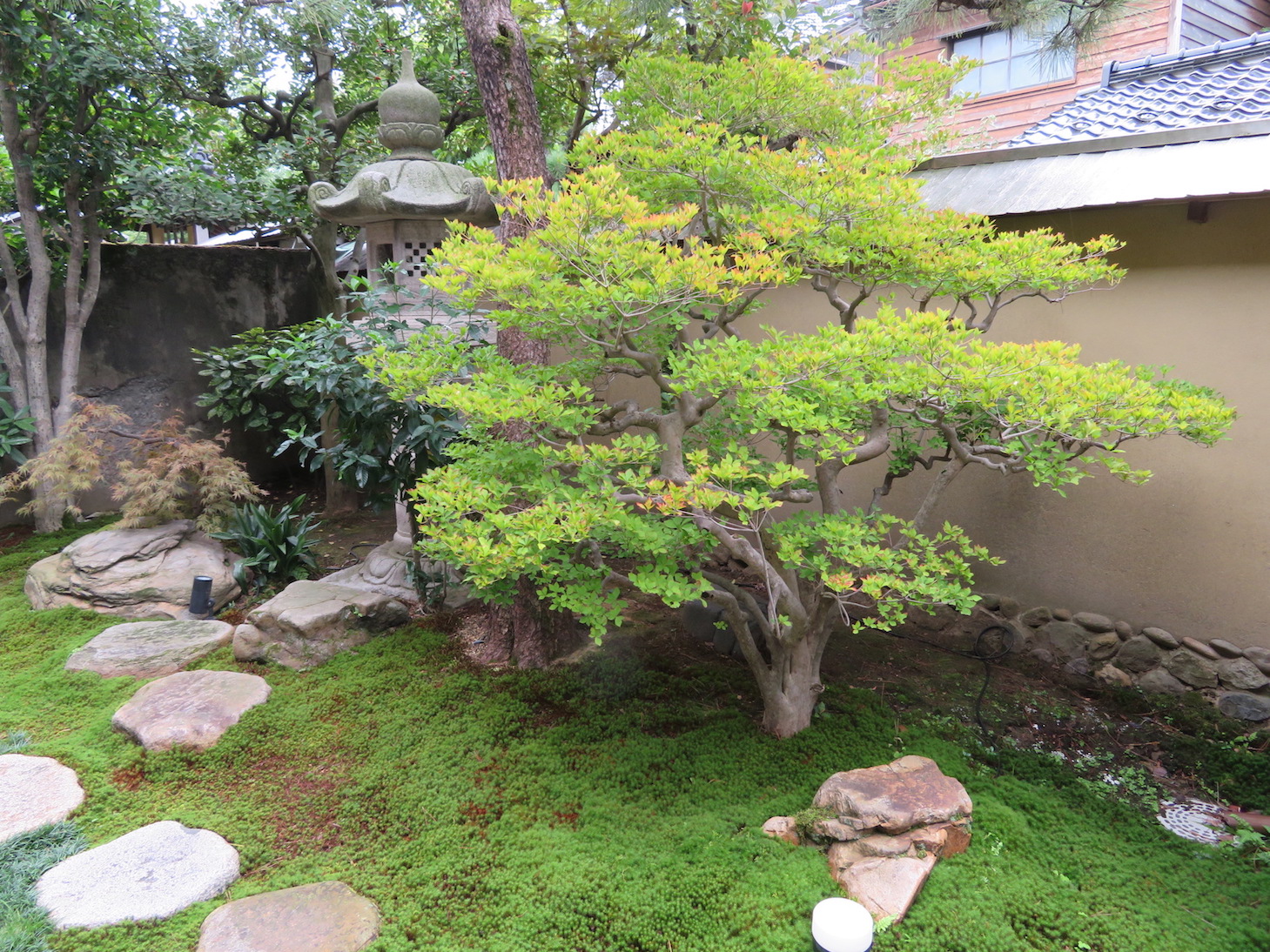
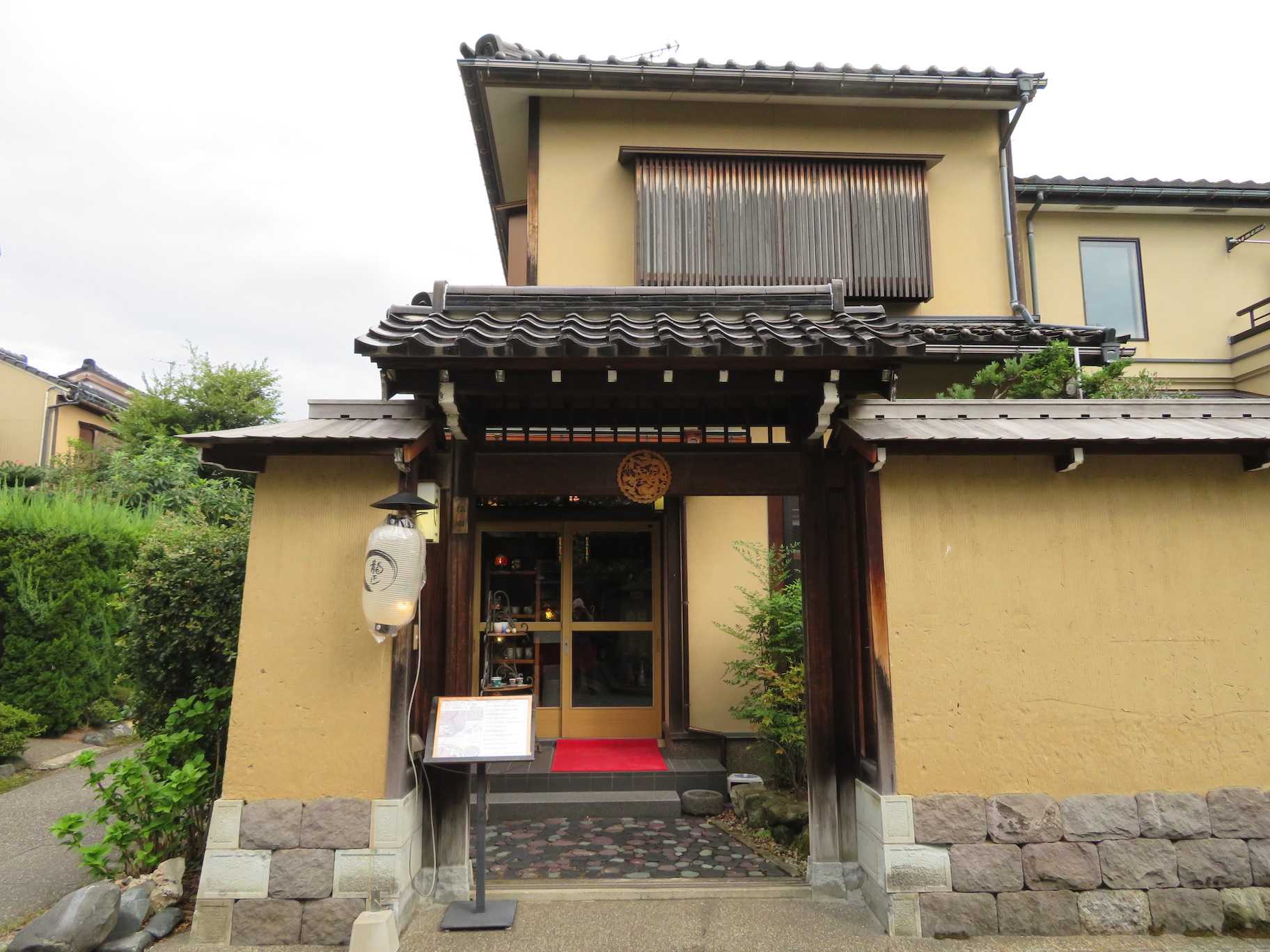



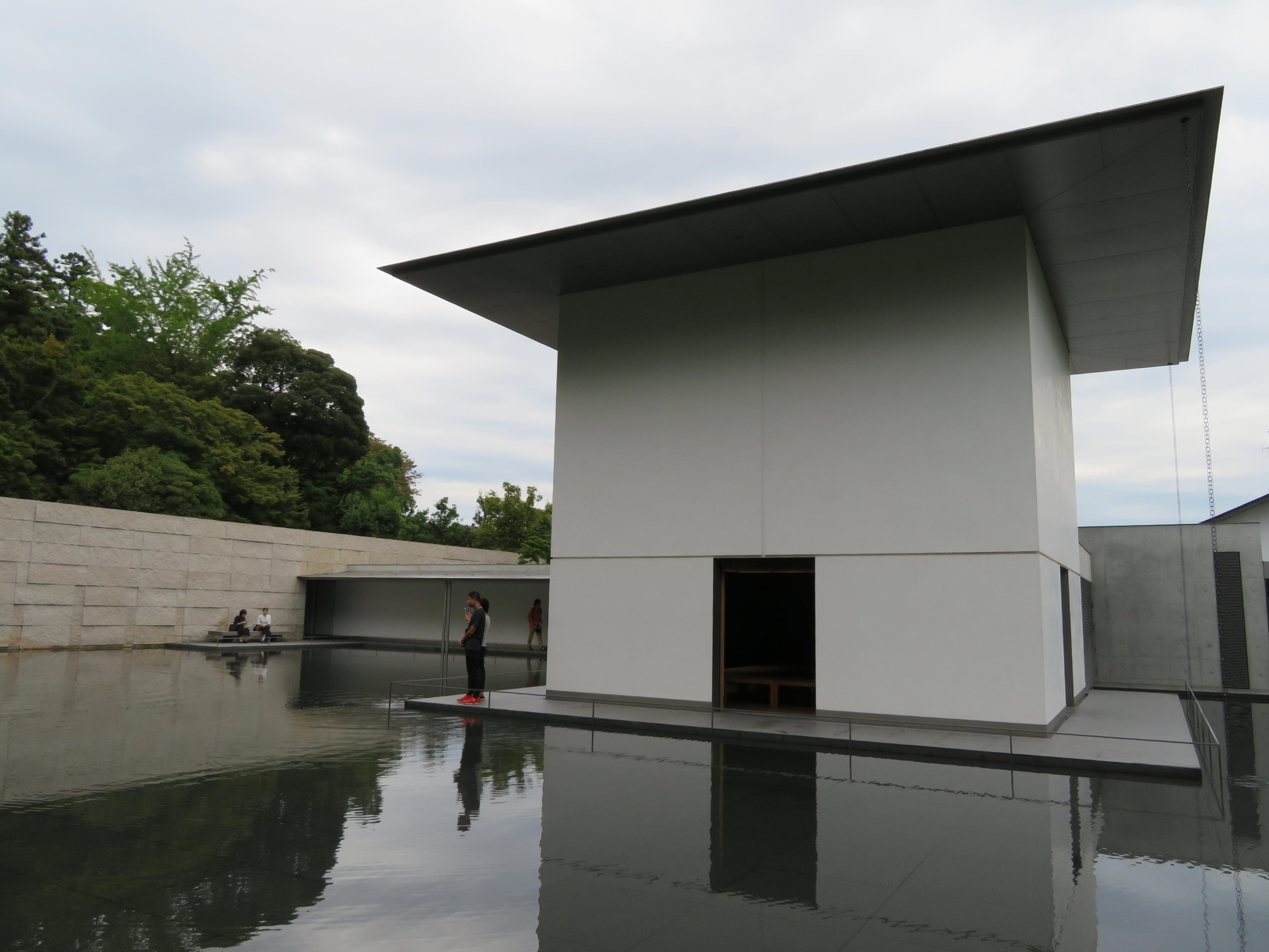

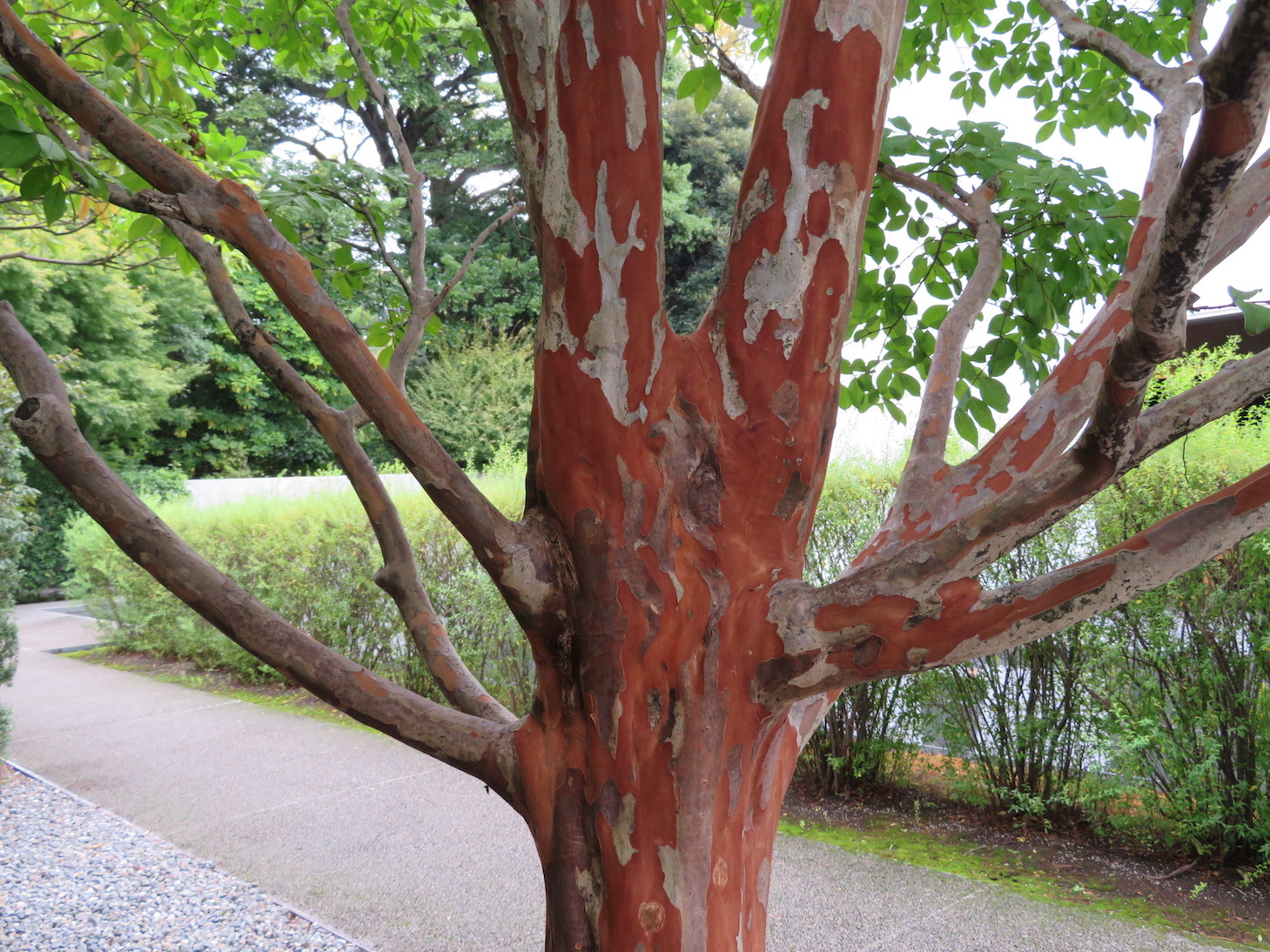

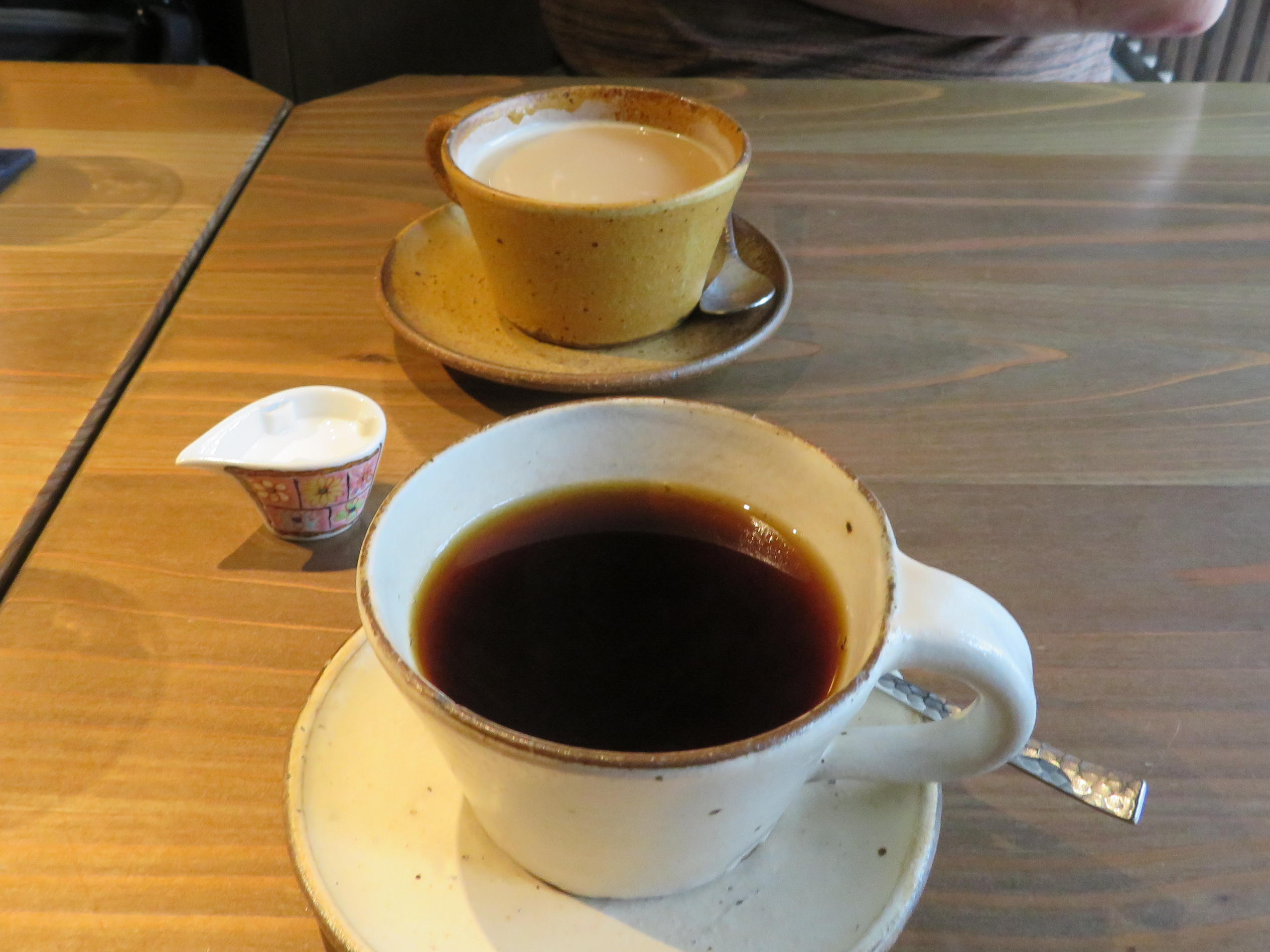




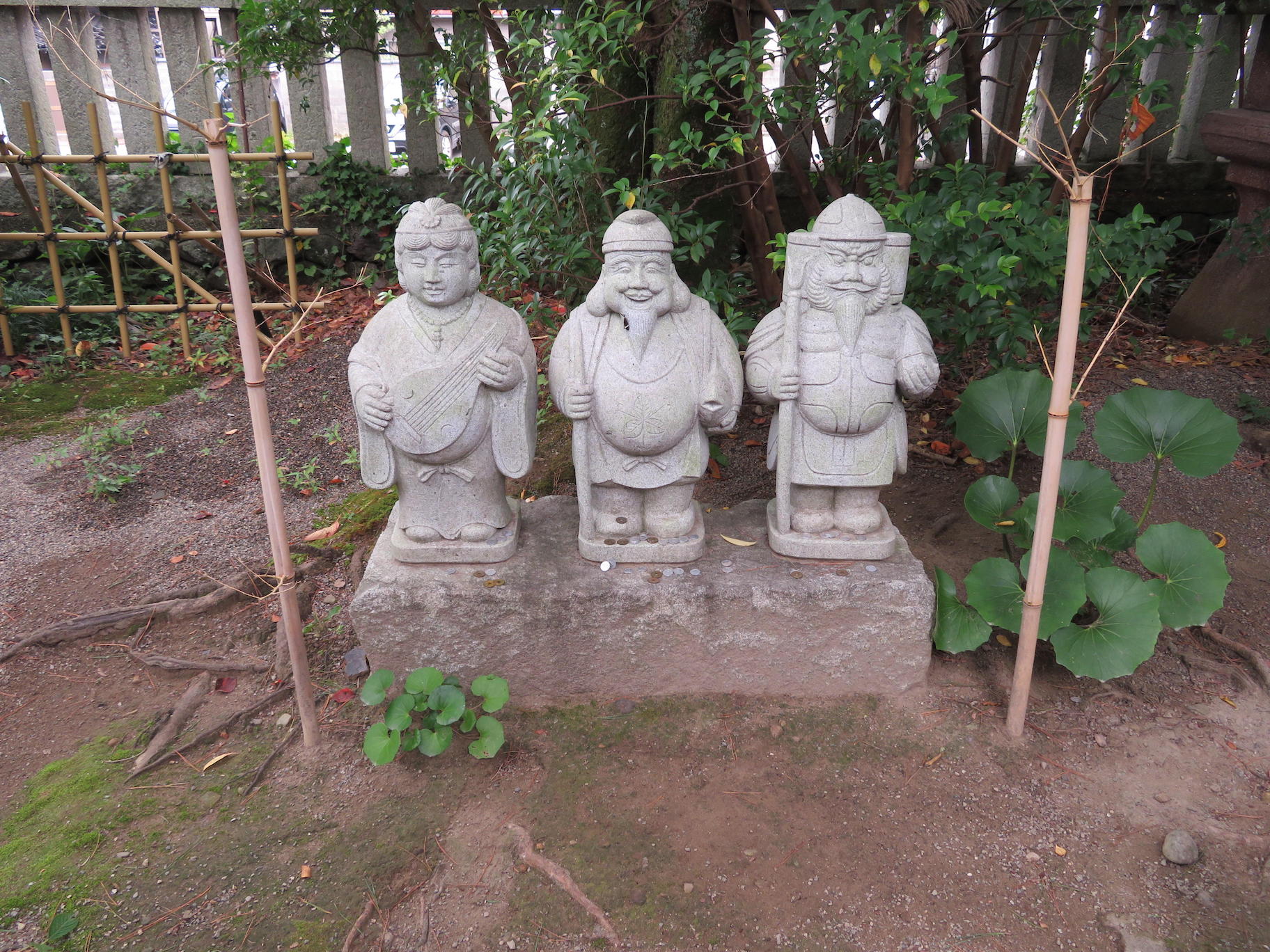





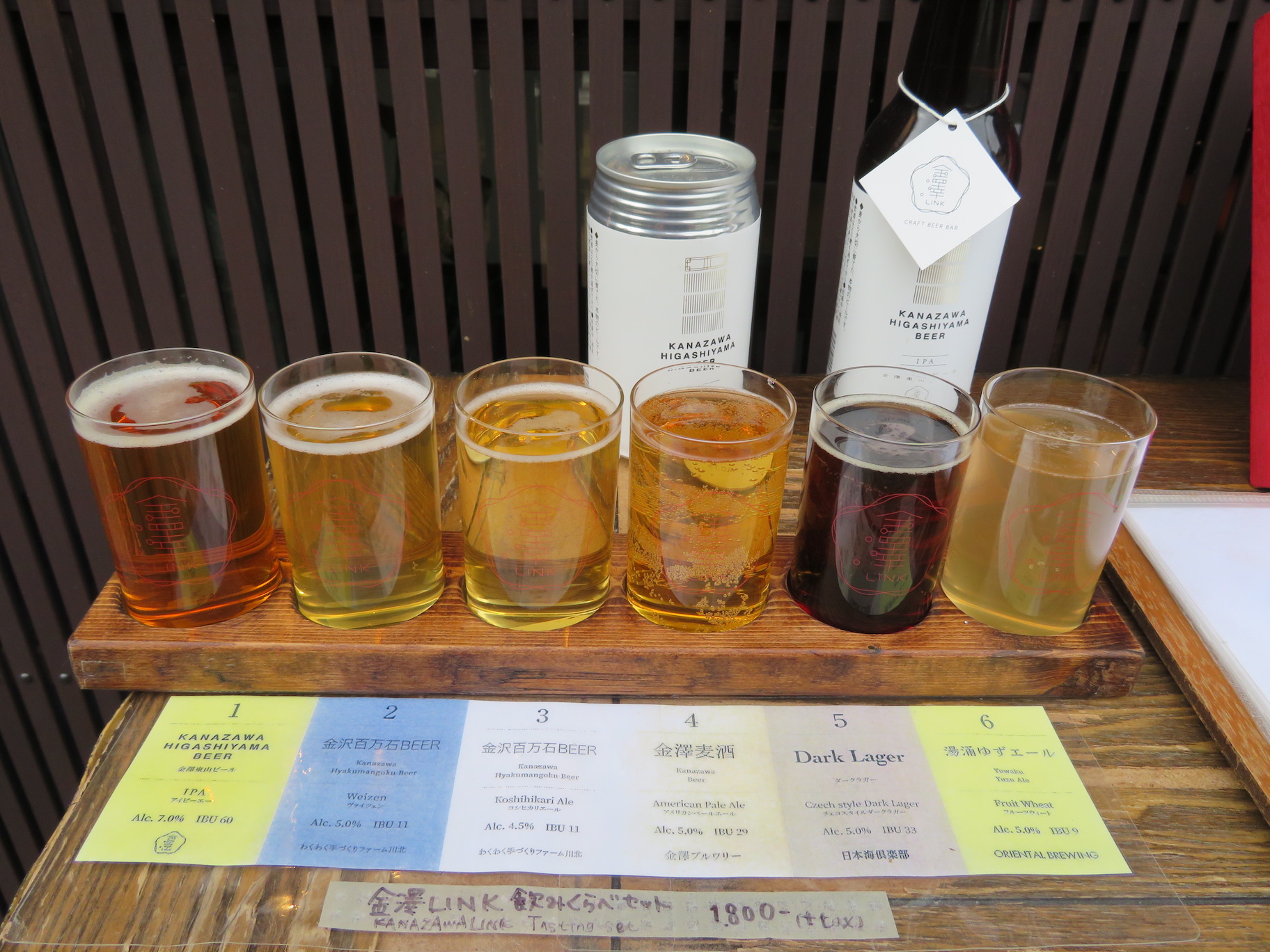
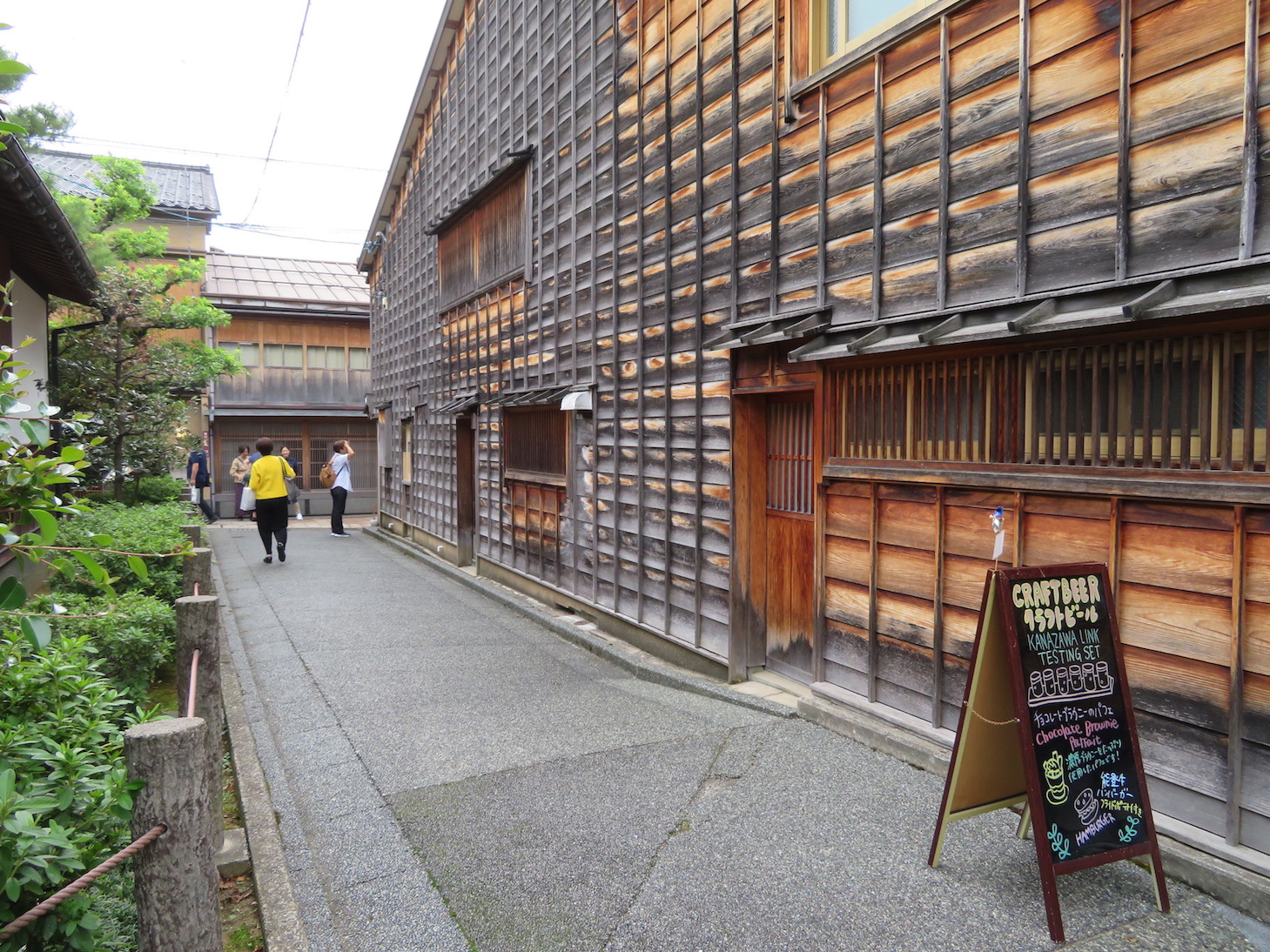




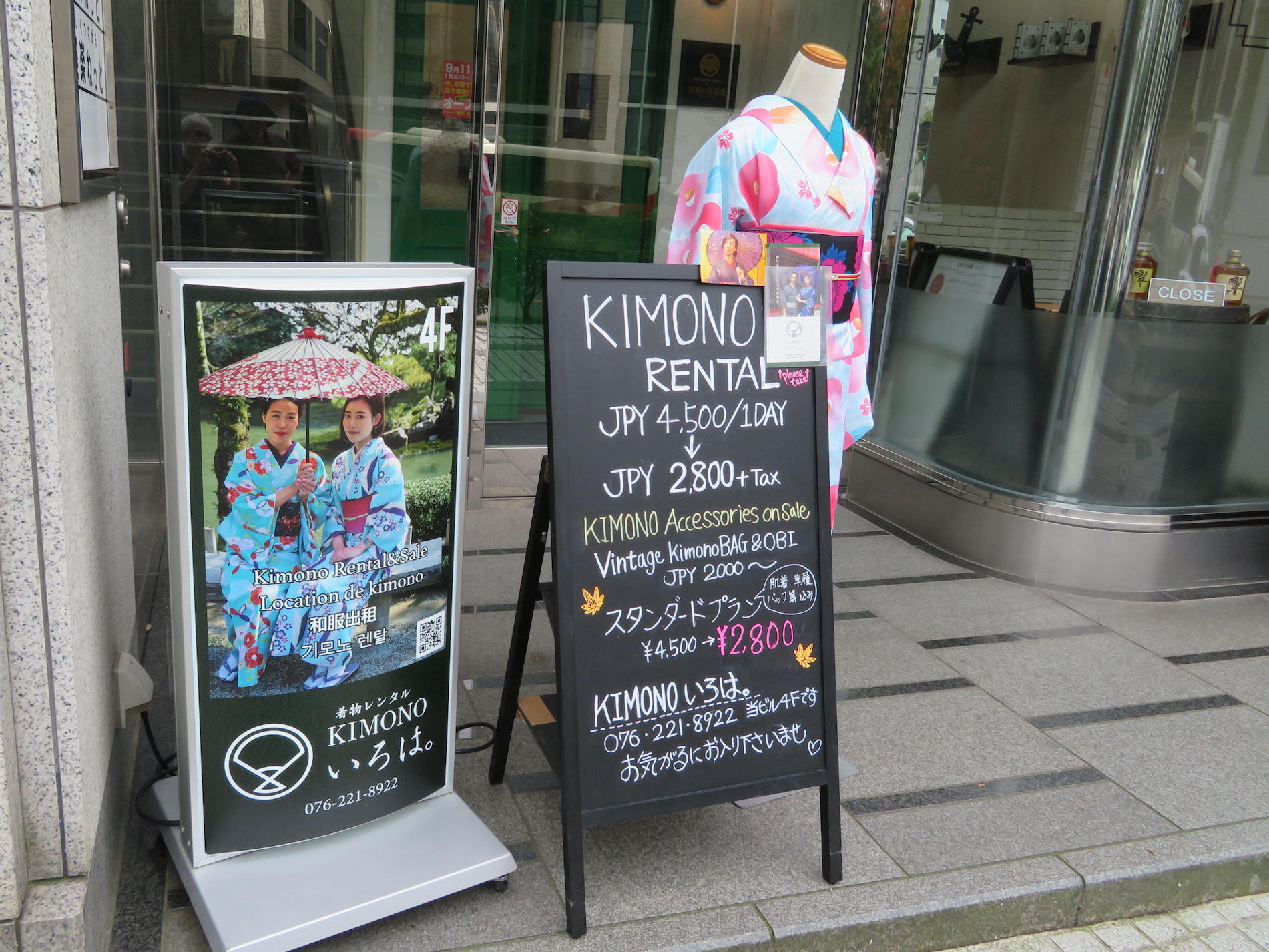
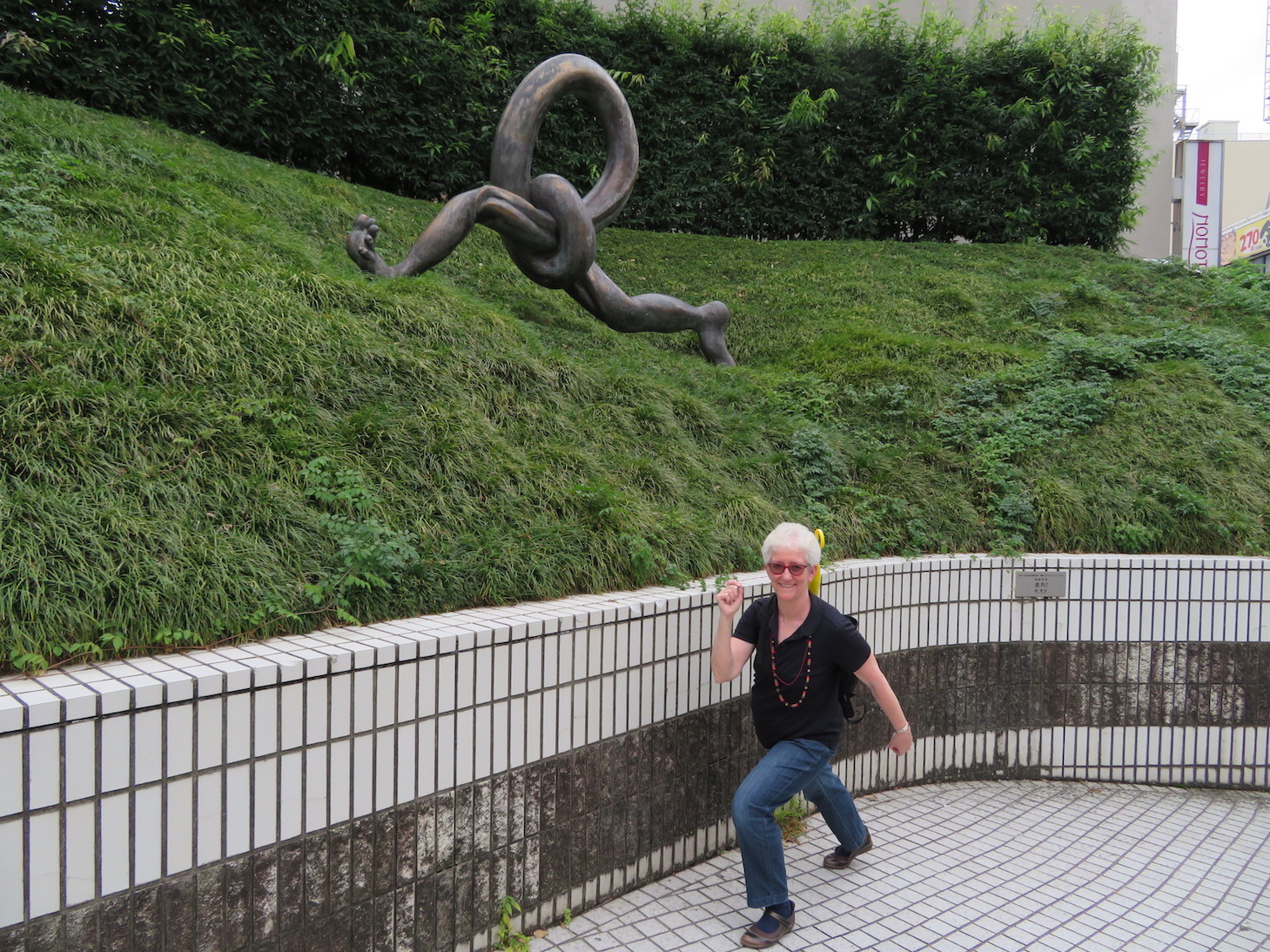
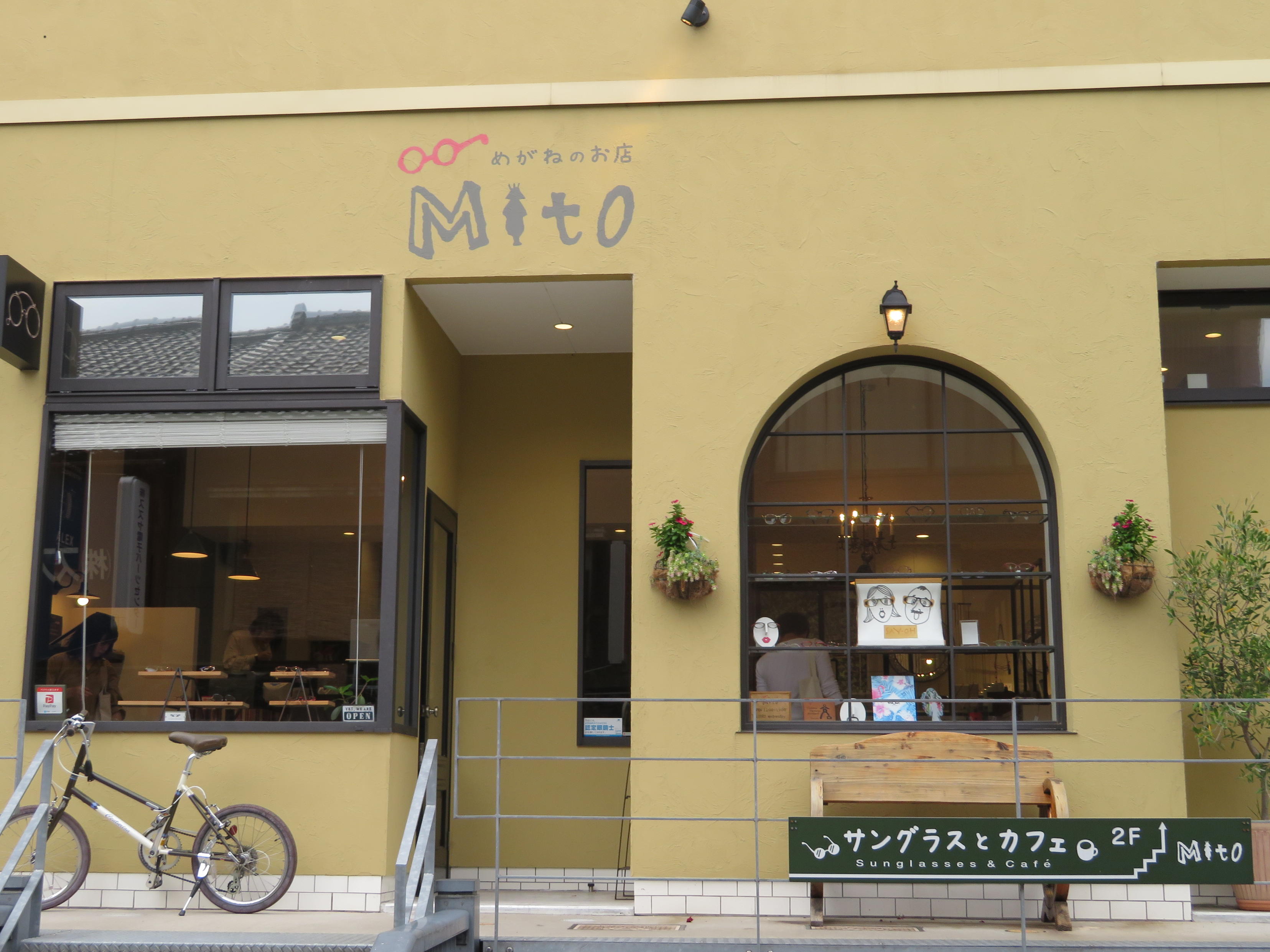
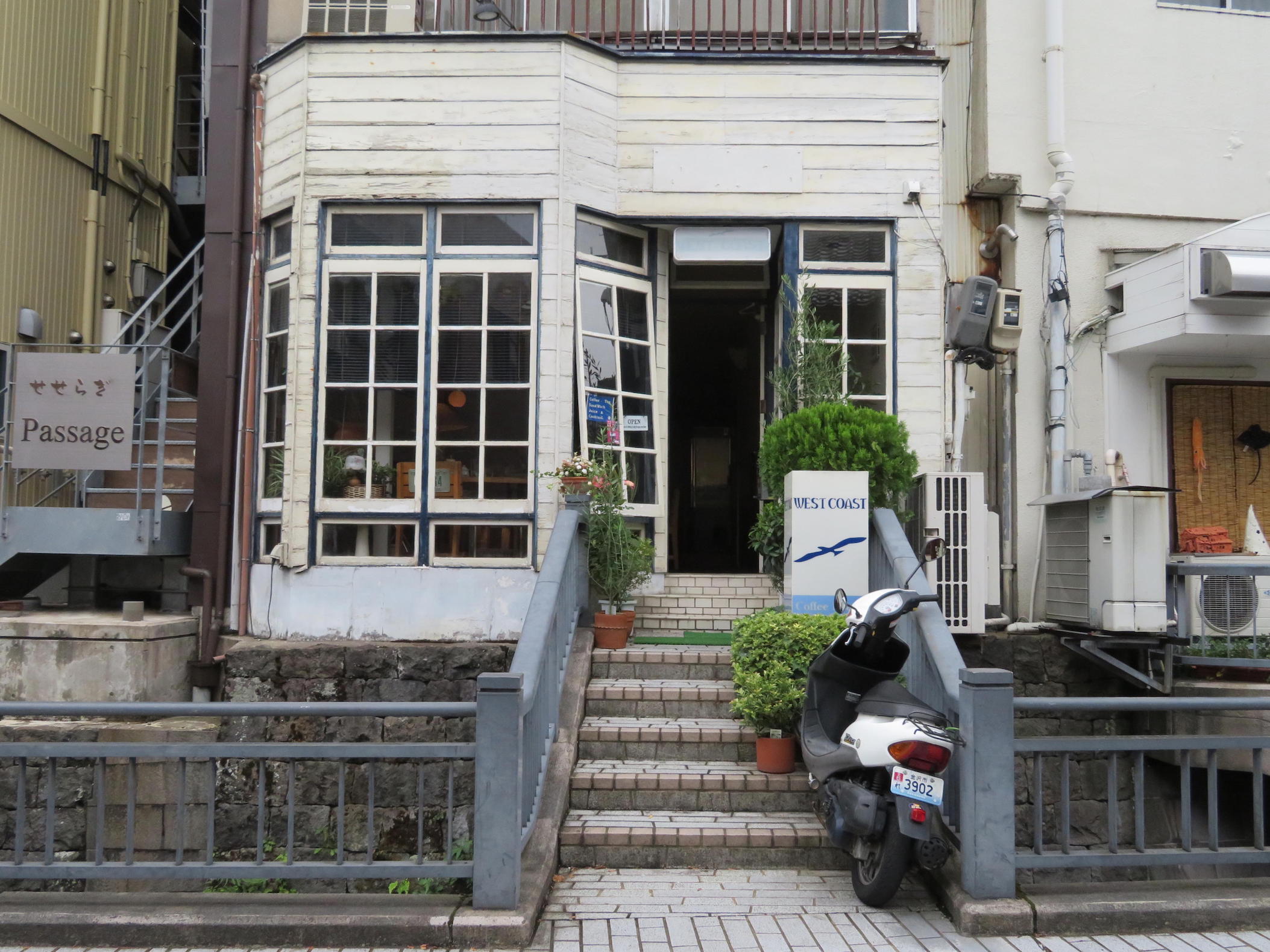
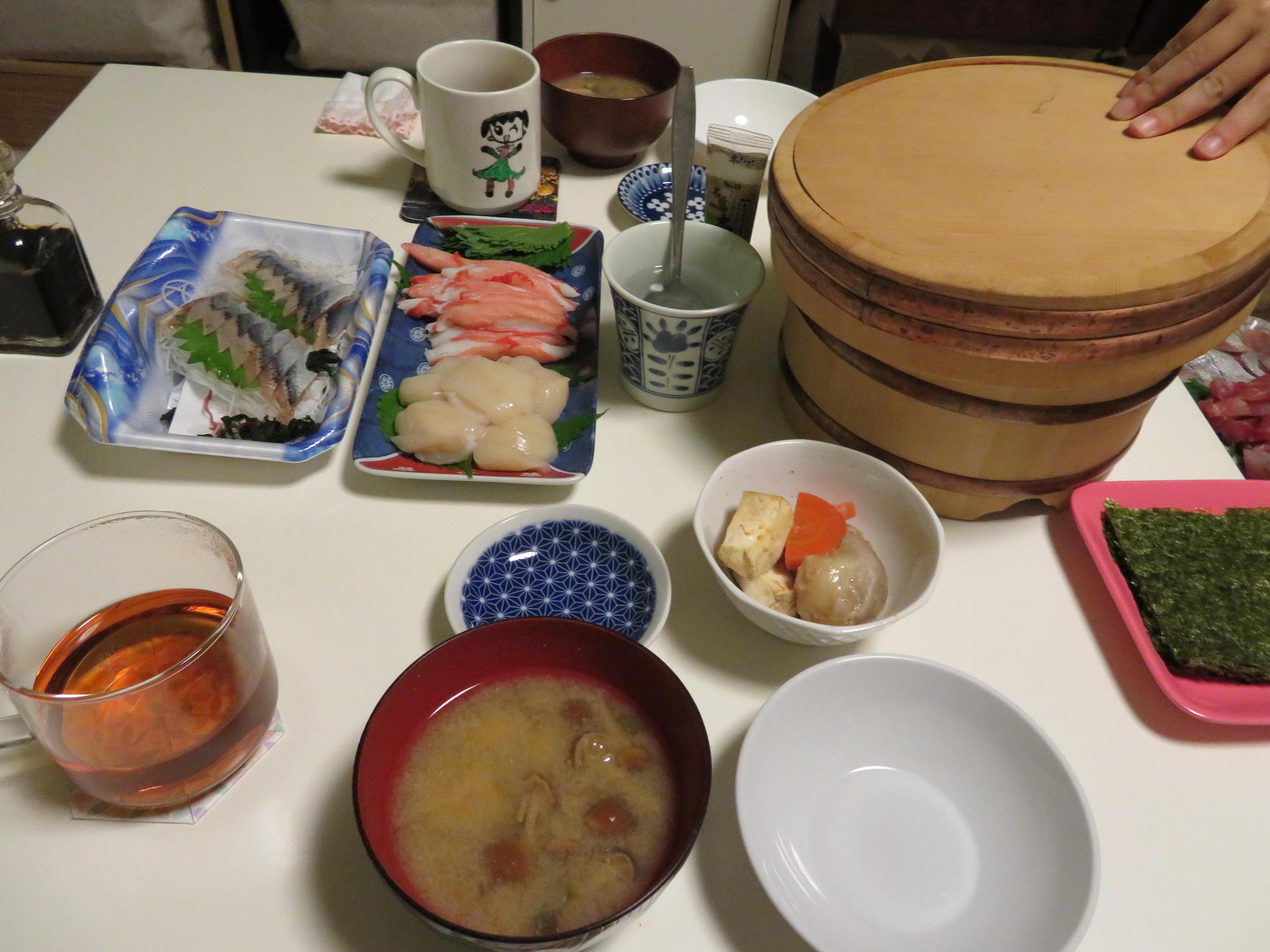

So, did you hire a kimono?
Ha ha, no Lisa. They would be too hot for a start! Sorry to disappoint!
I simply love the Suzuki museum ! Maybe I’m have a shinto soul ? – or do I mean buddhist ? You’ll know. I want someone to say to me: “You may be round on the outside, but you’re square on the inside !” and I will understand. I love those clean, straight lines. I also love patience being a virtue: I nearly pissed meself laughing at that. Clever yous. 🙂
The beer festival looks like a beer festival anywhere. So much for beer (sorry, Len). Pfuh !
The Utasu shrine: the name of its … ahh … dedicatee is so Indian that it has to come from there, surely ? I have never even thought of India and Japan having anything in common. :\
Thanks M-R. I’m not good at religion, really, but I’d say a Buddhist soul.
The museum is great isn’t it. Those sorts of lines are so restful.
I’m not sure that Toshiie Mae a has any Indian influence, but there are connections with India. For example Bodhisena (704–760) was an Indian Buddhist scholar and monk known for traveling to Japan and establishing the Kegon school. I don’t think he was the only one, but I’m not an expert on the layers and branches of Chinese Buddhism.
I really appreciated the newspaper headlines at the beginning of your Day 12 post and had to laugh at the “using jazz to bring people together” headline. The other headline about joint custody certainly shows how out of sync Japan is with developed countries of the world. But enough of the headlines—Was the tiramisu pancake at Tamon just as delicious as it looked? Were you able to get a taste Sue? I would love to visit the Suzuki museum and everywhere else you went. Your explanation of the Utasu Shrine reminded me again why people are confused about the difference between Buddhism and Shinto because why would a Shinto shrine be dedicated to the one of the Seven Lucky Gods of Buddhism? That kind of peaceful coexistence was common in the early years of Buddhism and explains why shrines and temples are in proximity to each other, but it can be confusing. I’m loving your great commentary!
I
Thanks Carolyn. Of course I chose the joint custody one for the reason you picked up, and the jazz one because jazz pops up all the time, as we’ve discussed.
I must say it’s taken me a long time to get my head around the Shinto-Buddhism thing. I think I have a working appreciation of it now, but that’s about it!
Yes, I did try it. And yes it was pretty delicious, and with all that air, not too calorific ???
Oops, one more comment about your comment about people knowing their seasonal foods. When the kids were little I had a childrens book of foods and it was organized NOT according to food group, but according to season. I think I may still have the book in my bookshelf at school.
So interesting isn’t it. On a related vein, Madoka’s daughter had a picture book about breads of the world! I loved that, though I didn’t get a good look at it.
YAYYYYYY!!! PANCAKES!!!!!!!
Still disappointed that the ones I tracked down here in Melbourne weren’t realy souffle pancakes, but I have two more possible options to get my fix locally…
Tell us if you are successful.